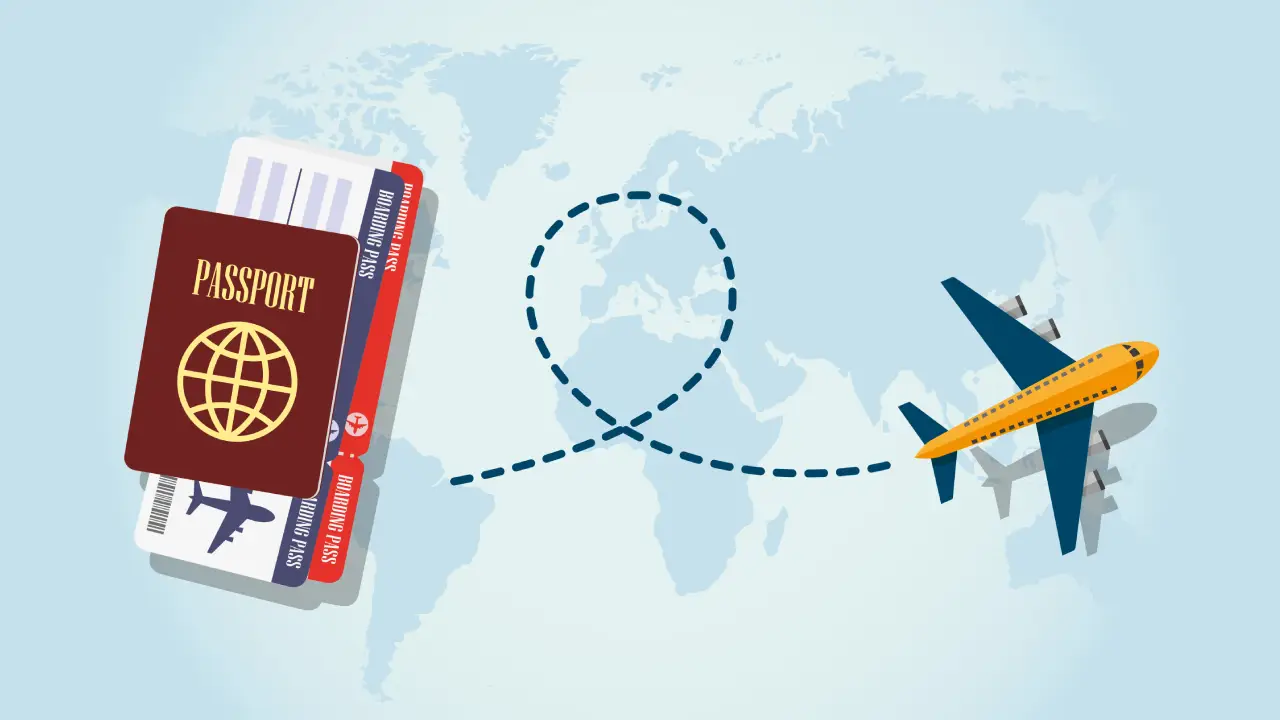Canada Student Visa After Long Gap Returning to education after a significant gap, whether it's been 5, 10, 15, or even 25 years, can be a transformative and challenging experience. If you're considering pursuing higher education in Canada after such a hiatus, this comprehensive guide will provide you with the essential information and steps to obtain a visa.
Steps for a Canada Student Visa and Achieve Your Educational Goals:
• Motivation and Goal Setting:
Before embarking on your journey to study in Canada, it's crucial to identify your motivations and set clear goals. Determine why you want to pursue further education, what you hope to achieve, and how it aligns with your long-term aspirations.
• Choosing the Right Program:
Canada offers a wide range of academic programs, from undergraduate degrees to graduate studies and vocational courses. Research and select a program that matches your interests, career goals, and academic background. Consider factors like program duration, curriculum, and location.
• Academic Preparation:
If it's been a while since you were last in an academic setting, consider enrolling in preparatory courses or online classes to refresh your knowledge and skills. Some programs may require specific prerequisites, so ensure you meet these requirements.
• Language Proficiency:
Most Canadian universities and colleges require proof of language proficiency, typically in English or French. You may need to take standardized tests such as IELTS, TOEFL, or CELPIP. Invest time in language preparation and practice to meet the required scores.
• Research Canadian Institutions:
Explore various universities and colleges in Canada to find the one that best suits your needs. Consider factors like tuition fees, scholarship opportunities, campus facilities, and the university's reputation in your chosen field.
• Application for Admission:
Submit a well-prepared application to your chosen institution(s). Pay attention to deadlines, and provide all required documents, including transcripts, letters of recommendation, a statement of purpose, and a resume detailing your work experience.
• How to Pay for Your Education:
Higher education can be costly, so research financial options. Look for scholarships, grants, and bursaries available to mature students or those returning to education. Consider part-time work opportunities or financial aid packages offered by institutions.
• Student Visa Application:
Once you've received your acceptance letter from a Canadian institution, you'll need to apply for a study permit (student visa). The process involves completing an application, providing biometrics, and attending an interview at the Canadian embassy or consulate in your home country.
• Education and Work History Gaps:
If you have a significant gap in your educational or work history, address this in your application. Explain the reasons for the gap, such as personal or professional development, and emphasize how your experiences have prepared you for your chosen program.
• Prepare for Interviews:
You might occasionally have to go to an interview in order to submit an application for a visa. Be prepared to discuss your academic goals, career aspirations, and why you've chosen to return to education at this stage in your life.
• Immigration Documentation:
Ensure you have all required immigration documents, including your study permit, passport, and proof of financial support. Be aware of any additional requirements specific to your home country.
• Healthcare and Insurance:
Understand Canada's healthcare system and the health insurance options available to international students. Health insurance is typically mandatory and ensures you have access to medical services during your stay.
• Arrival and Orientation:
Upon arrival in Canada, attend orientation sessions provided by your institution. These sessions will help you adjust to your new environment, understand academic expectations, and connect with fellow students.
• Adapting to Academic Life:
It can be difficult to resume education after a prolonged absence. Stay organized, seek academic support if needed, and establish a study routine to help you succeed in your program.
• Making Connections and Networking:
Take advantage of networking opportunities within your academic community. Connect with professors, fellow students, and professionals in your field to expand your knowledge and career prospects.
• Managing Personal and Academic Pursuits:
Maintain a healthy work-life balance. Prioritize self-care, spend time with family and friends, and engage in activities that bring you joy to help reduce stress and maintain a positive outlook.
• Planning for the Future:
Go over your plans for after graduation. Are you looking to work in Canada, return to your home country, or pursue further studies? Start planning for your career path well in advance.
Conclusion:
Returning to education in Canada after a substantial gap is a commendable endeavor that can lead to personal growth and expanded career opportunities. With thorough preparation, determination, and the right resources, you can successfully obtain a student visa, excel academically, and achieve your educational aspirations in the Great White North. Embrace this exciting journey, and remember that it's never too late to invest in yourself and your future.
For More Information: Bonafide Immigration- Study Permit





